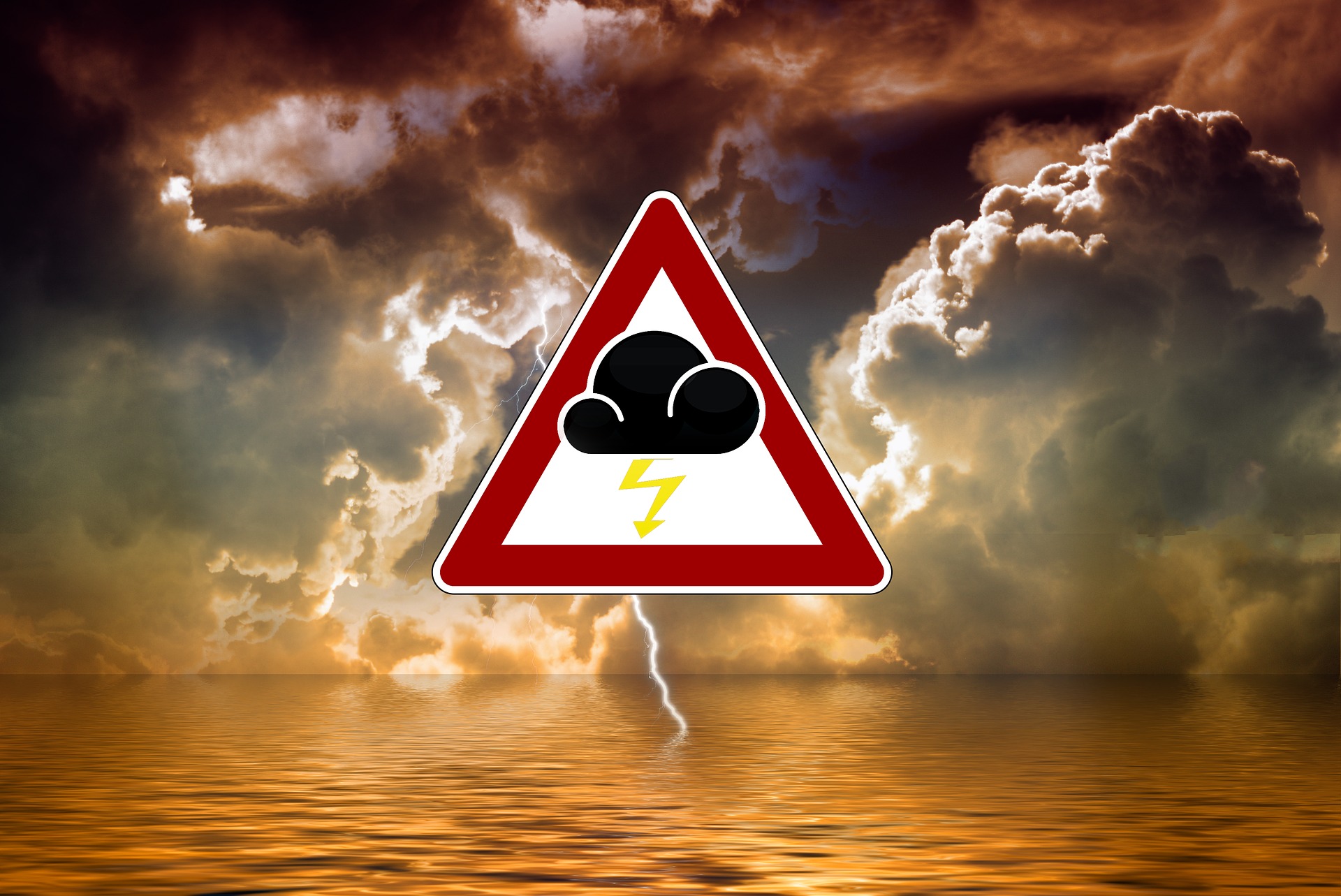Advanced environmental monitoring to facilitate launch campaigns under SAMMBA framework

What is LAB_METOC Decision Aid Platform?
LAB_METOC is a software platform developed by CT Ingenierie Paris that aims to give operators some tools to manage a weather-sensitive mission, for example, a launch campaign. Its main purpose in the SAMMBA project is to create a view of the impact, expressed in terms of risks, of the weather forecast during the launch campaign. Some of the steps of the campaign have a crucial need of the information on weather, and LAB_METOC provides temporal products that give a fast and efficient view of the impacts, i.e. risks, on the activities of a campaign: use of a crane, implementation of an observation UAV, filling a propellant tank, firing a launcher, etc.
How does it help Environmental Situation Awareness?
Using physical and mathematical models, the LAB_METOC platform converts environmental conditions (weather conditions, sea state, hydrographic conditions and others…) into risks weighting on the operations that make up a launch campaign.
The risks calculated by LAB_METOC are expressed in operational terms, such as the drop in sensor performance, the probability of harm to the safety or integrity of persons, the increase in implementation times, the probability of deterioration or malfunction of equipment, the appearance of hazard zones, the possibility of degrading or adversely affecting the environment (pollution or other), etc.
Advantages of LAB_METOC
Reduced launch campaign duration: Key benefit of LAB_METOC, in SAMMBA, is to reduce the overall time of campaigns by arranging them and the operations within each campaign in order to optimize the downtime rate of the launch pad.
Cost savings: Thanks to the increased environmental and weather awareness provided by LAB_METOC, onsite staff can be freed up to perform other tasks, thus saving time for personnel and reducing associated costs.
Automated operations: The system automatizes the computation of the probability of success of the different operations regarding weather risk, integrating various risks on the different subsystems involved; it aims to provide information for stakeholders to make their own decision.
Reduced risk during spaceport operations: The contribution regarding risks concerns the risk of system unavailability and campaign delay, thanks to assessing in advance the potential disruptions of operations due to weather conditions.
Connection to weather data sources allows to follow the evolution of forecast and reduces the uncertainty of LAB_METOC-deduced indicators. Potential delays in terms of the duration of launch campaigns can be avoided using LAB_METOC. For example, using LAB_METOC, unwanted delays can be avoided due to unfavourable weather conditions and effective planning can be made.

LAB_METOC functions as a multi-tool software:
On the backend side, LAB_METOC downloads and integrates weather forecasts from different sources of data such as the European ECMWF or the American NOAA. Moreover, during the final phase of the campaign, LAB_METOC takes into account the state of the air column above the launch pad using radio-sounding data supplied by weather balloons. LAB_METOC also collects and analyses measurements from local meteorological observations.
Then LAB_METOC evaluates the risk due to environmental conditions for each activity presenting a sensitivity to these conditions, over a sliding period lasting generally between seven and fourteen days. Thus, all sensitive activities will be covered over time, as the campaign progresses.
These risks are assembled in the form of digital products and are made available through a Rest API and can be exploited by any consumer (connected application), such as text, images, or both.
On the front-end side, LAB_METOC provides a WEB client that can generate and display products against a background of cartographic elements and along a timeline that helps in a quick understanding of the environmental situation.
Follow us on our social media to keep yourself updated about the developments of the SAMMBA project.
Webpage: https://sammba.eu/
Twitter: https://twitter.com/SAMMBA_H2020
LinkedIn: https://www.linkedin.com/company/69506837/
 | This project has received funding from the European Union’s Horizon 2020 research and innovation programme under grant agreement No 870451. This article reflects the author’s view and not necessarily the views of the European Commission. |